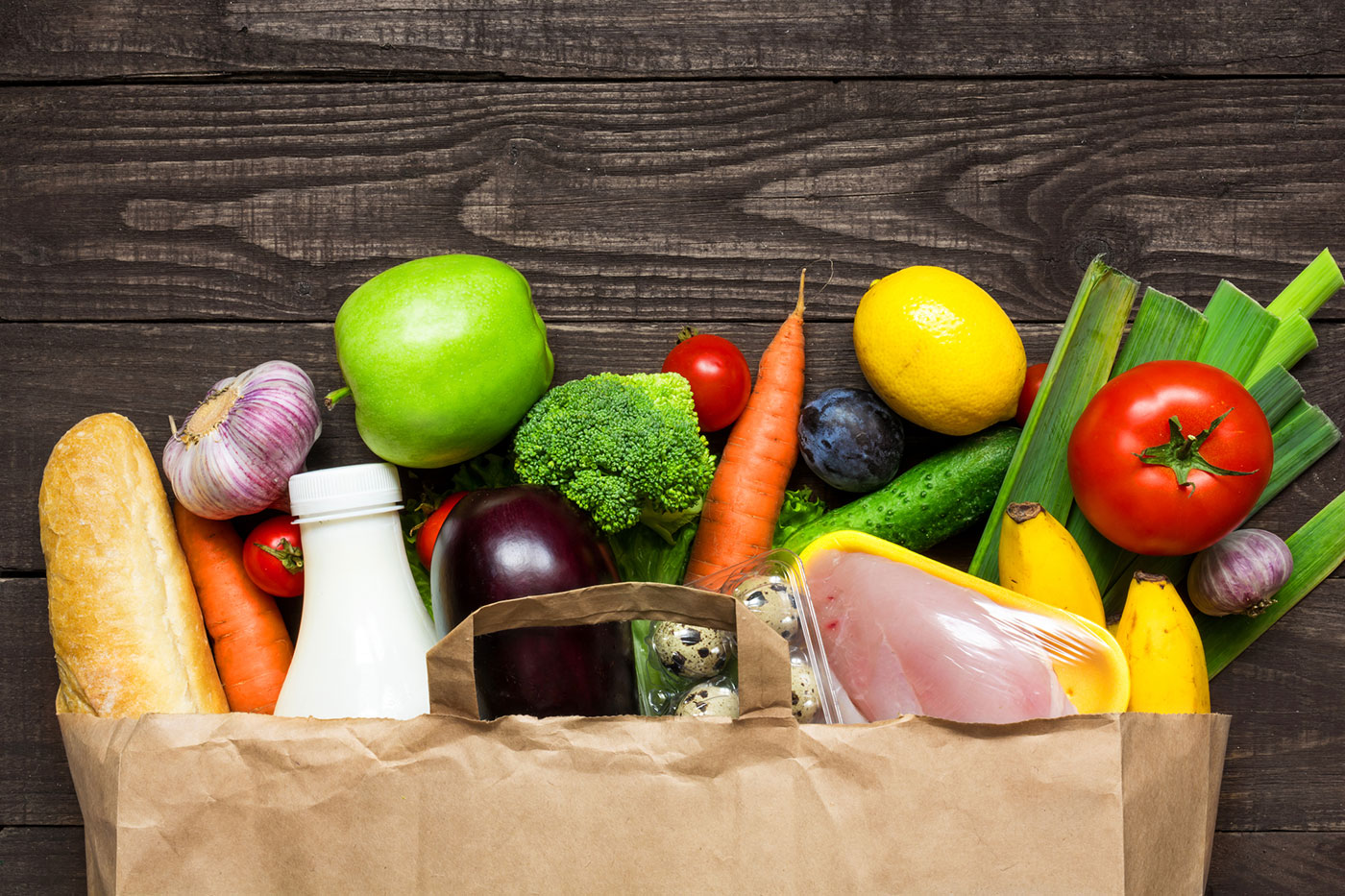In a time when most Americans are living paycheck to paycheck, many times having to choose between paying a bill and buying food for the week, getting a good deal on groceries is important.
Ohioans are actively strategizing to save money at the grocery store, according to an Ohio Credit Union League Consumer Survey. About 71 percent of shoppers will comparison shop before putting an item in their cart, 68 percent utilize digital coupons, while 60 percent use printed ones. Another 59 percent will stock up on items if the deal is good enough. In fact, deals may dictate whether consumers show up to a store at all. Approximately 44 percent of shoppers said they check store deals before heading out to get their groceries.
Sometimes, those consumers will check more than one store, and they’re switching up where they shop based on what they find. About 38 percent of respondents indicated they research before shopping and hit multiple stores depending on the sales at each. The other 62 percent say they stay loyal to one grocery store or chain.
Historically Americans have remained largely loyal to one main grocery store, but in the age of rapid communication and growing options, that’s been shifting. A 2017 report from the Food Marketing Institute confirmed that trend stating traditional grocery stores have continued a slow and steady decline as a primary store for shoppers, while shoppers with no primary store continue to increase and spread their money across traditional supermarkets, natural and organic stores, ethnic groceries, and online-only retailers.
As the cost of living continues to increase, the desire to save money does as well. Here are some tips to help you shop the aisles and fill your cupboards with the best deals.
- Plan meals according to what’s on sale. Research the best deals at local stores before you assemble the week’s meal plan. First, scan your potential grocery stores for deals on protein, which is primarily the most expensive part of the meal. Next, be on the lookout for good deals on potential side dishes. Lastly, stock up on pantry staples when they’re on sale.
- Make a price book. The best way to know when to stock up on a good deal is to know what the item usually coats. Track how much the items you typically buy cost at each store, that way you’ll know which stores have the best prices and will be able to identify a great deal when it comes along.
- Be loyal to where you get the best value. If you’re shopping at one store because it’s cheapest, you may not be getting the best value. Product quality is also important. It doesn’t matter if you’re paying pennies for produce if it’s not fresh or goes bad quickly. Factor both price and quality into deciding which stores give you the best value.
- Learn how to maximize your coupons. Use coupons for items you only would have purchased, anyway. Don’t buy something not on your list just because you found a great coupon. Many brands and chain stores offer digital coupons customized from your past purchases. Shoppers can also search sites like coupons.com by category to help find the most useful coupons for them.
- Use technology to compare. Some chain stores show grocery prices on their websites, but this isn’t consistent across the board. However, websites like My Grocery Deals and Deals to Meals allow you to build a grocery list. The sites will use your list to find the best deals across multiple stores. Deals to Meals allows customers to create a weekly meal plan based on local deals, too.
To learn more about how we can help you budget for monthly expenses, take advantage of our Free Financial Coaching.
















